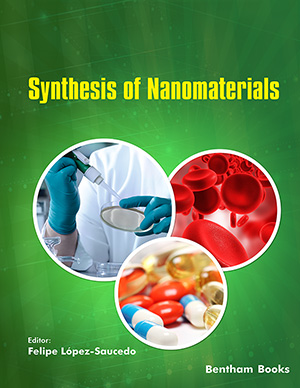
The present Ebook deals with various strategies that have frequently been followed to fabricate nanostructures of required size and shape, and with required functionalities to enable them...[view complete introduction]
Semiconductor nanowires exhibit novel electronic and optical properties due to their unique one-dimensional structure and quantum confinement effects. In particular, III-V semiconductor n...[view complete introduction]
Nanotechnology promises new medical therapies, more rapid and sensitive diagnostic and investigative tools for normal and diseased tissues, and new materials for tissue engineering. This ...[view complete introduction]
There is considerable interest in reliable and affordable sensor and detection systems. Recent concerns about environmental exposure to both biological and chemical agents have been criti...[view complete introduction]
Toxic Effects of Nanomaterials provides an authoritative work of international experts in the field of nanotoxicology spanning 8 cha...[view complete introduction]
This reference eBook deals with an existing classification of a nanosized structure and an analysis of its properties. It summarizes an information about how a grain size affects physical...[view complete introduction]
"Recent advances in science and technology such as online monitoring techniques, coupling of various processing methods, surface characterization and measurement techniques have greatly p...[view complete introduction]
Mankind’s search for alternative energy sources to oil and gas reserves has been fueled by increasing energy demands and technological developments. Today, the prospect of harvesting en...[view complete introduction]